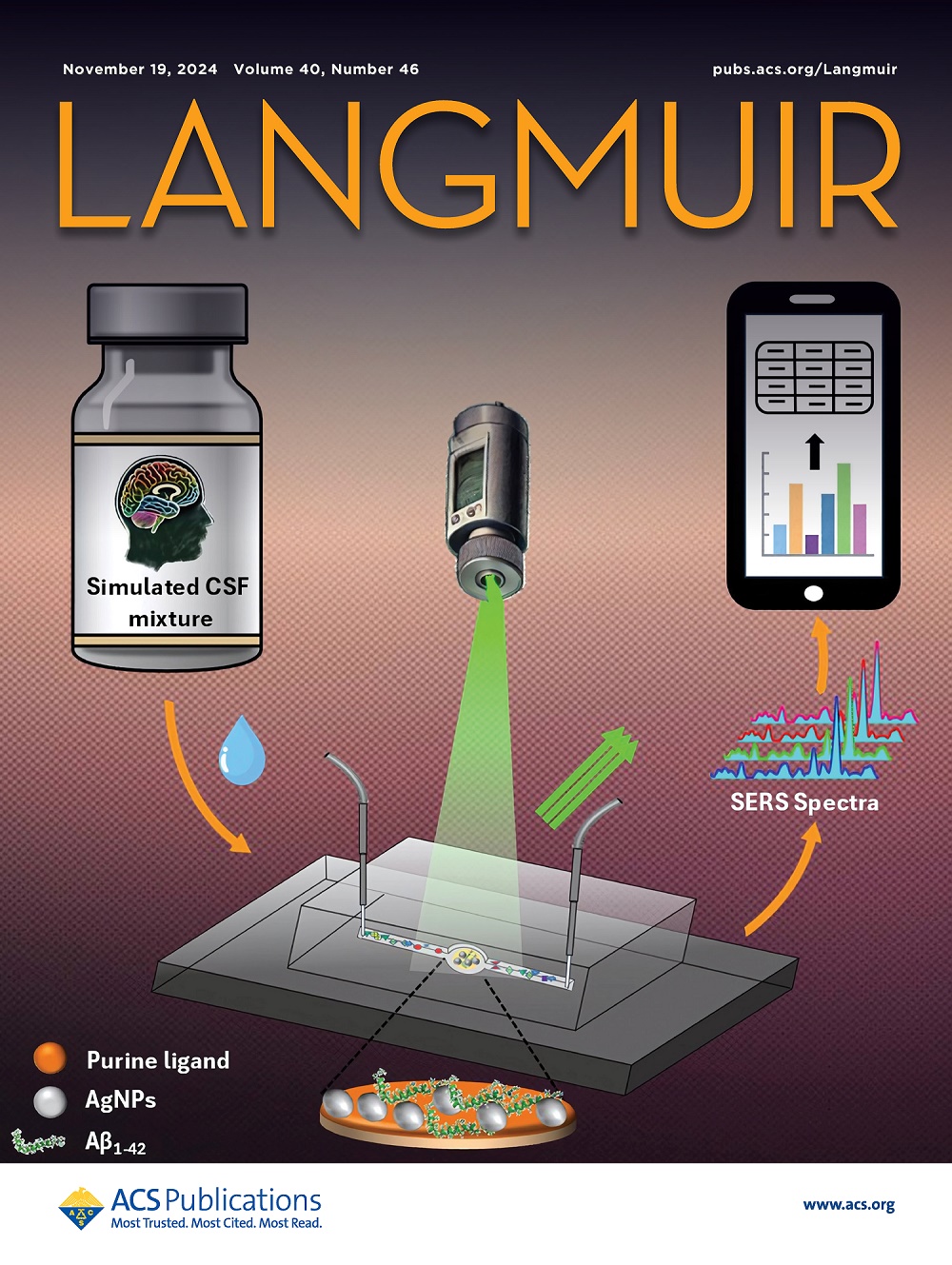Preparation, Acidity, and Catalytic Activity of Synthetic Montmorillonites in α-Pinene Isomerization
IF 3.7
2区 化学
Q2 CHEMISTRY, MULTIDISCIPLINARY
引用次数: 0
Abstract
A series of montmorillonites with different Mg and Al contents (Na2x(Al2(1–x),Mg2x)Si4O10(OH)2·nH2O, where 0 < x ≤ 1) were prepared by the hydrothermal method and characterized by MAS NMR, XRD, N2 adsorption–desorption, FTIR with pyridine, TPD-NH3, SEM, and thermal analysis techniques. The material obtained without aluminum (x = 1), or with a minimum amount of it (x = 0.9) is a trioctahedral saponite becoming a fully dioctahedral montmorillonite at its highest content (x = 0.1). The introduction of aluminum into the montmorillonite structure during its synthesis leads to the appearance of pronounced Brønsted acidity, the highest concentration of which was in montmorillonite with x = 0.1. In contrast, the Al-free sample is practically a Lewis acid (L/B of 71.3). The studied materials possessed catalytic activity in the isomerization of α-pinene, which correlated with the strength of the acid sites. Al-containing montmorillonites yielded camphene with a selectivity of 50–53%, and the presence of medium and strong Brønsted sites favored its formation. In contrast, Mg-montmorillonite with almost exclusively Lewis acidity demonstrated an unusually high selectivity to limonene (44.5%). To the best of our knowledge, this is the first work describing the catalytic activity of synthetic Al–Mg montmorillonite. However, the ease of varying the nature and strength of acid sites in synthetic materials opens up the prospect of their use in a number of reactions, including those for renewable terpene compounds.

求助全文
约1分钟内获得全文
求助全文
来源期刊

Langmuir
化学-材料科学:综合
CiteScore
6.50
自引率
10.30%
发文量
1464
审稿时长
2.1 months
期刊介绍:
Langmuir is an interdisciplinary journal publishing articles in the following subject categories:
Colloids: surfactants and self-assembly, dispersions, emulsions, foams
Interfaces: adsorption, reactions, films, forces
Biological Interfaces: biocolloids, biomolecular and biomimetic materials
Materials: nano- and mesostructured materials, polymers, gels, liquid crystals
Electrochemistry: interfacial charge transfer, charge transport, electrocatalysis, electrokinetic phenomena, bioelectrochemistry
Devices and Applications: sensors, fluidics, patterning, catalysis, photonic crystals
However, when high-impact, original work is submitted that does not fit within the above categories, decisions to accept or decline such papers will be based on one criteria: What Would Irving Do?
Langmuir ranks #2 in citations out of 136 journals in the category of Physical Chemistry with 113,157 total citations. The journal received an Impact Factor of 4.384*.
This journal is also indexed in the categories of Materials Science (ranked #1) and Multidisciplinary Chemistry (ranked #5).
 求助内容:
求助内容: 应助结果提醒方式:
应助结果提醒方式:


